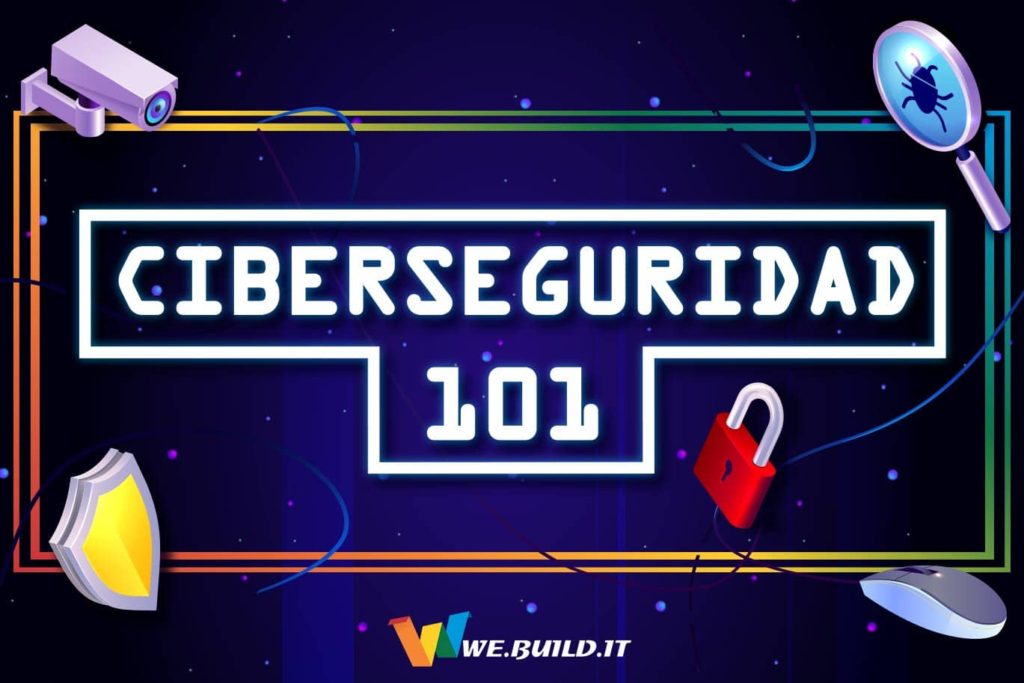Writing for SEO is the art of being redundant without being repetitive. Combining your own ideas, style, and creative touch is essential; otherwise, your content, no matter how well-positioned, will lack the spark that connects us as humans and sets us apart from machines.
Just as humanity is constantly evolving and technology is rapidly growing, the fundamentals of SEO change faster than an F1 driver, though not as fast as Max Verstappen. Fortunately, there are certain basics that remain key to optimizing your texts.
Today, we’ll talk about the most basic ones. But before we get into these SEO fundamentals for beginners, let’s start .. at the beginning.
What is SEO?
SEO stands for Search Engine Optimization, and it refers to a set of strategies that allow you to position your texts organically in internet search engines.
These types of strategies include steps to follow, tips, and tools. Today we’ll share the most basic ones, perfect for taking the first steps in the digital world.
SEO Fundamentals for Beginners
1. Keyword
This term will be the foundation of your content, the bat signal that will attract your readers. The trick is to identify the keyword and distribute it in the text in an organic way.
A little tip: include synonyms related to your keyword. Why? Because this way you can expand the reach of your content. So consider having a couple of keywords before starting each piece of content.
2. Title and Meta Description
Choosing a title can be as difficult as naming your new pet. But the title is important for SEO improvement. Opt for a clear title that catches the attention of your ideal reader, and complement it with a good meta description that invites further reading.
An example would be:
Title: SEO Fundamentals for Beginners: Essential Guide to Mastering Organic Search
Meta Description: Discover the essential SEO fundamentals in this beginner’s guide. Learn how to optimize your content to attract more traffic to your site.
Remember: Both should contain the keyword, preferably at the beginning.
3. Content Structure
Maintain a clear structure with headers that help both Google and your readers follow the thread of your narrative. Headers are like signs on a circuit, guiding everyone toward the finish line. Use H1, H2, and H3 to organize your ideas, as if you were planning pit stops during the race.
Another tip: Include your keyword in your headers! When relevant, of course.
What else can we do to optimize SEO?
1. Use Images with Alt Text
You have to see the whole track, a race isn’t won just by driving very fast. So text isn’t everything, images play a key role too. It’s important to choose images that fit your text and make use of alt text.
Note: A good alt text not only describes the image but also includes your keywords.
2. Include Internal and External Links
Internal links will make your readers spend more time on your website, so be sure to include links to relevant and related content organically. External links, on the other hand, increase the credibility of your content.
3. Improve Loading Speed
Your page’s loading speed should be fast, as fast as a pit stop, every second counts. A fast site keeps visitors happy! You can use tools like Google PageSpeed Insights to measure and improve this aspect.
4. Consider Mobile Optimization
Make sure your website is fully optimized for mobile devices, as most searches are now done from the phone.
SEO is both an art and a science. Just like in Formula 1, where every detail counts to cross the finish line first, in SEO, every word, every link, and every image plays a crucial role. Keep your texts reader-focused while optimizing for search engines, and you’ll see how your content not only reaches the podium but also gains loyal fans along the way.
If this still is a little bit confusing, don’t worry: we can optimize your website for SEO. Contact us and let’s take your idea to the next level.








